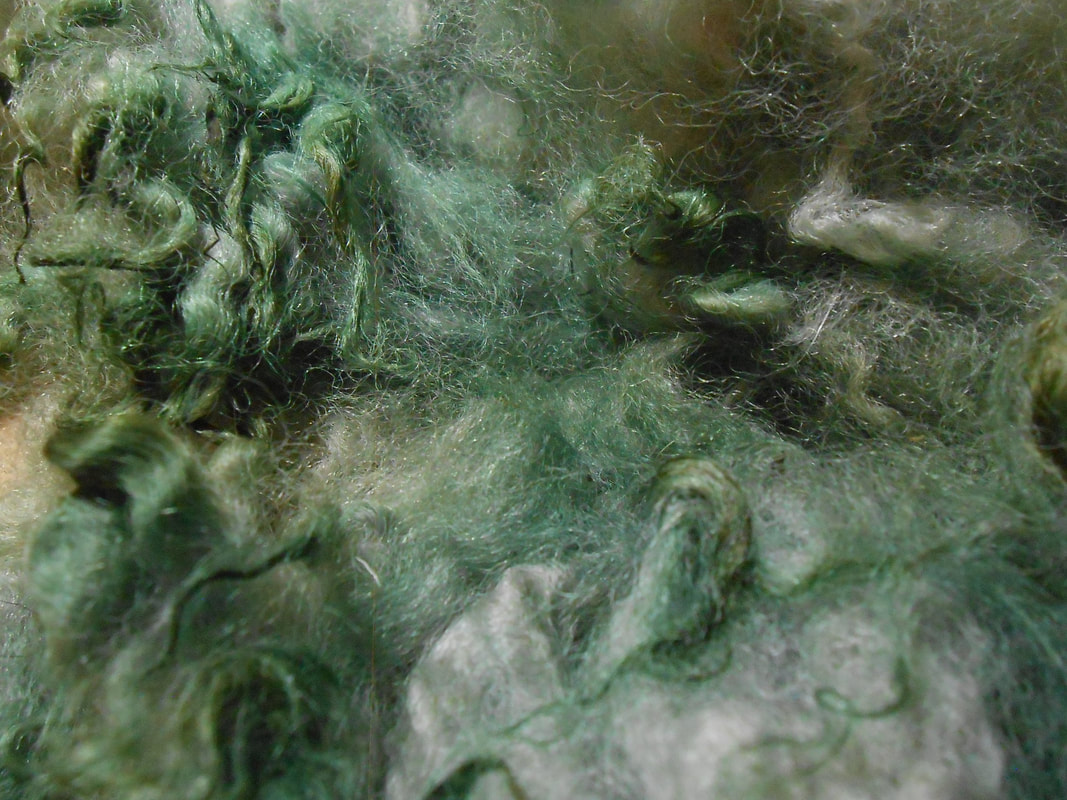 The Tour de Fleece runs from July 1st to July 24th in whatever time zone you are in. It’s a group of spinners who—originally—spun on their spinning wheels while the cyclists were riding in the Tour de France. If it was a mountain day for the riders, the spinners would set themselves challenges—learn a new method, try a new fleece or a new wheel. If the riders rested, the spinners also rested. I’m sure there were elements of competition and endurance, but competition was really more a Spinzilla thing: how much yarn can I—or my team—spin in a week? Now, the Tour de Fleece Facebook Group spinners set all sorts of goal for ourselves. I feel the important one is to support each other. (We have at least one from Ukraine—she’s spinning dog fur to make belts for the soldiers!) This is my first Tour, and I’ll be living my normal life: working full time, taking care of my English Shepherd, my cat and my 34-year old Polish Arabian horse. I’ll read. I’ll sleep. I will most likely be serving Jury Duty. I will celebrate my birthday, go to church, and prepare art to sell at Confluence, the Pittsburgh Science Fiction Convention. I drop-spindle, so I can spin where I like. I am hardly focused on how much yardage I can spin. My plan is to give a Tour of a Fleece and how I use it. I taught myself to drop-spindle in the mid 1970s—I made myself a spindle from a wooden crochet hook and a stacking toy’s wooden ring, and I begged some fleece from a woman in a pottery class I was taking. Hildy, her name was. (The sheep. How like me, that I only remember the sheep’s name!) It was super hard to find fleeces in those days—wool disappeared into “the Pool”. No Amazon. No Etsy. When I did find fleeces, I didn’t understand cleaning and storing, and the moths got them. I went to a wool sale in Mercer County, and bought a bottom-whorl drop spindle, wool cards, and half a Corriedale fleece from a ewe that had “just had twins”. I still didn’t know how to scour a fleece, but I played with dyes a bit—onion skins, and Rit, and Kool-Aid and the simmering and the vinegar took care of moths. I spun a very, very little, mostly demonstrating at craft events. Then I found my tribe—the Canfield Spinner’s Guild—and through them, the FarmPark. The Lake MetroParks FarmPark is in Chardon, Ohio, and that’s where I bought my first raw fleece from a named sheep: “Jake, Jacob wether”. (Jacobs are spotted sheep, white, black, brown, and wethers are neutered males.) Dollar a pound. I was hooked. I bet I bought six fleeces that first year! Much as I enjoyed trying every kind of fleece I could get my hands on—Shetland, Gotland, Angora Goat, Scottish Blackface, Cheviot, Blueface Leicester, I loved Jake’s fleece, and wanted to get it again. Some years I managed it, some years I didn’t. I sought Jake out at the FarmPark, and found him doing his job as the “minder” for Pete, their Jacob ram, he of the three massive horns. I got Pete’s fleece a couple of times. And for what was to be Jake’s final fleece before his retirement to another farm after Pete had passed away—well, Jake wasn’t even shorn by the Shearing Weekend in 2016. I made arrangements to buy the fleece when it was off of Jake’s back, and checked out the other fleeces offered for sale. I fell in love with a giant bag of fluff labeled “Finn”. It was lovely, and cost more than I had ever paid for a fleece. (Might have cost as much as all my first-year purchases put together.) Turned out, it wasn’t from a Finnsheep at all, but from Chevy, their new ram, presumed to be a Cheviot cross if not pure Cheviot. The fleece weighed 13 pounds—which for someone used to 6 pound Jacob fleeces was huge. And I know I heard someone say “we should have expected it, his hogget fleece was 11 pounds.” (A hogget is a year-old sheep, so basically a first fleece.) When Jake was shorn, I went back to Chardon to pick up his fleece, and I was offered part of a nice fleece that they wanted a hand-spinner to try. They let me pick 5 pounds out of an 11 pound fleece, and it was indeed lovely stuff. I am convinced it is Chevy’s 2015 hogget fleece. (Because remember, I had just started working with Chevy’s fleece from 2016.) This bit of the hogget fleece, I dyed with a cold-water dye. I normally use “acid” dyes, the acid being vinegar. I remember I didn’t have whatever I was supposed to add to the cold-water dye, so I didn’t get an intense color. Maybe just as well. This bit is interesting, and spins into a great yarn. It also makes a nuanced fleece to needlefelt with—crimpy locks, color shading up and down them. I am needlefelting a background fabric for an entry for the Canfield Fair Art Show, a new Fine Arts category called “Textile Tapestry”. The pieces are all going to be based on my books. I have obtained Chevy’s fleece several times since 2016—every time it was possible to do so. And I’ve met him, seen him both shorn and not-yet shorn. Turns out he’s a real friendly sheep, and when his duties with the ewes are done, he hangs out by the Visitor’s Center with his “minder” Micro, happy to be a wooly ambassador. An ambassador who eats corn off the cob faster than you can believe! |
AuthorWriter of epic fantasy with a wry twist. Fond of horses, dogs, cats, canaries, falcons and draft cider. Dedicated multi-tasker, I also paint with chalk pastels. Archives
January 2024
Categories
All
|
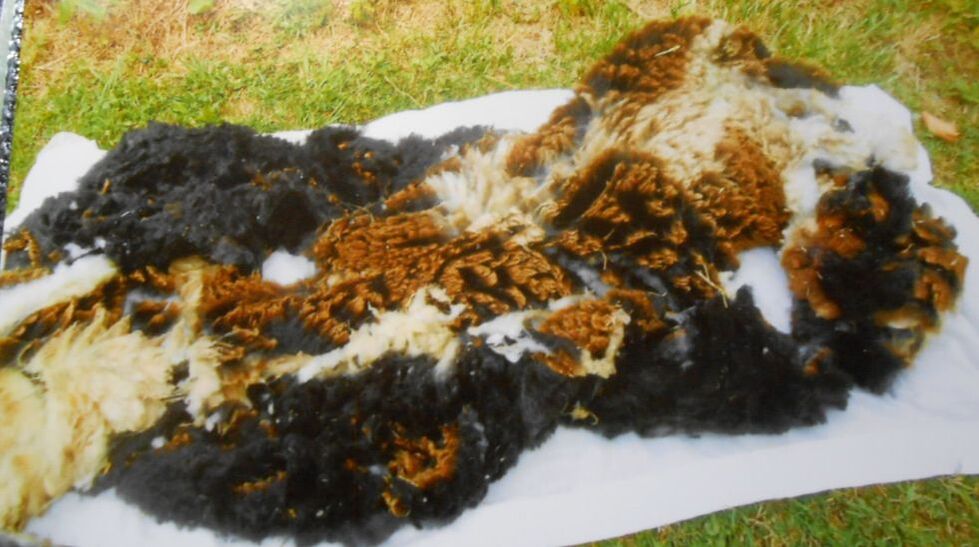
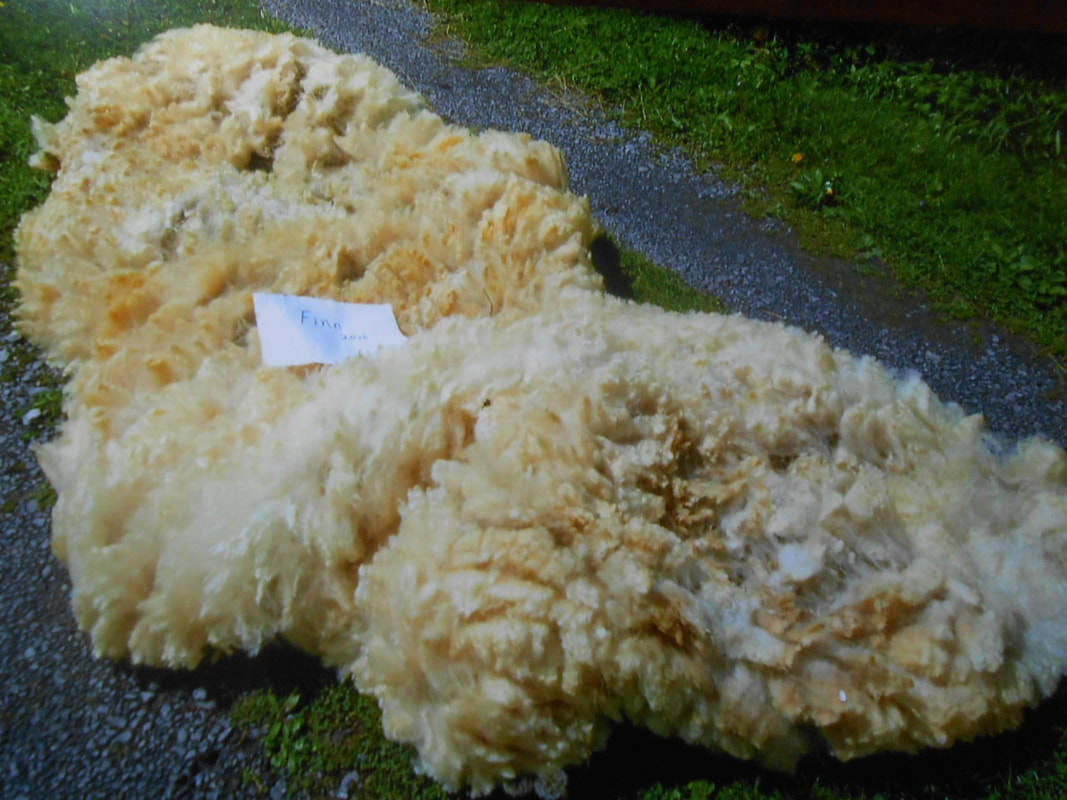
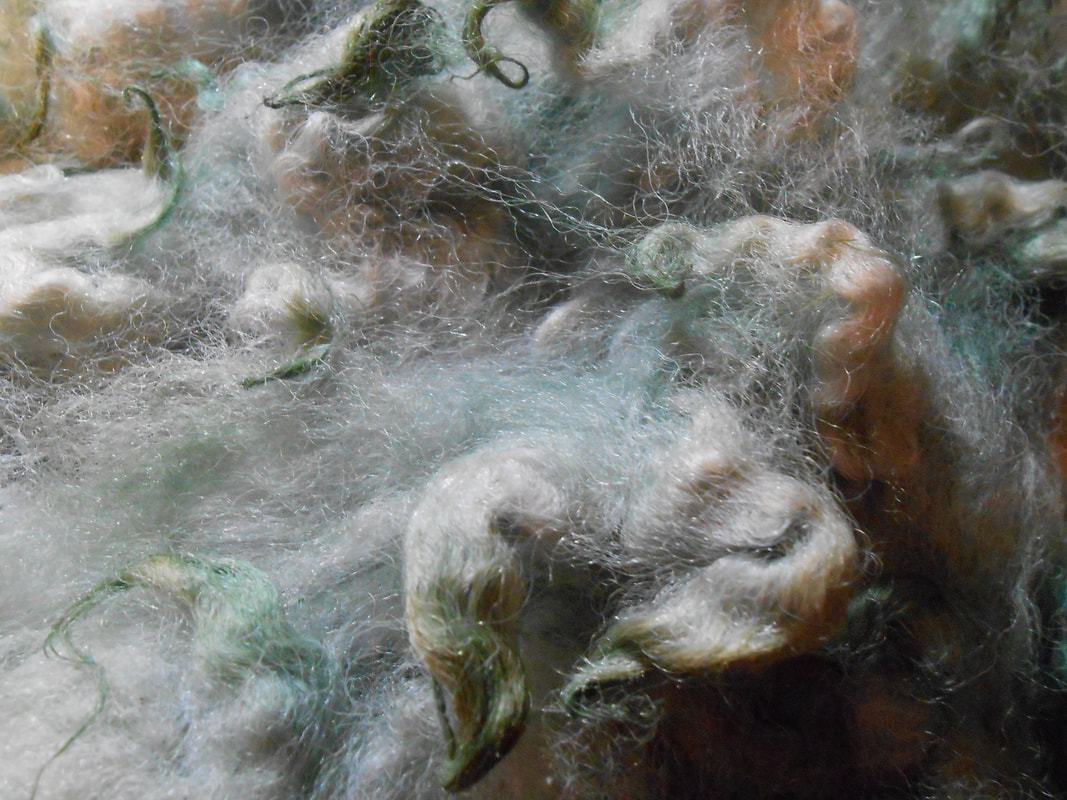
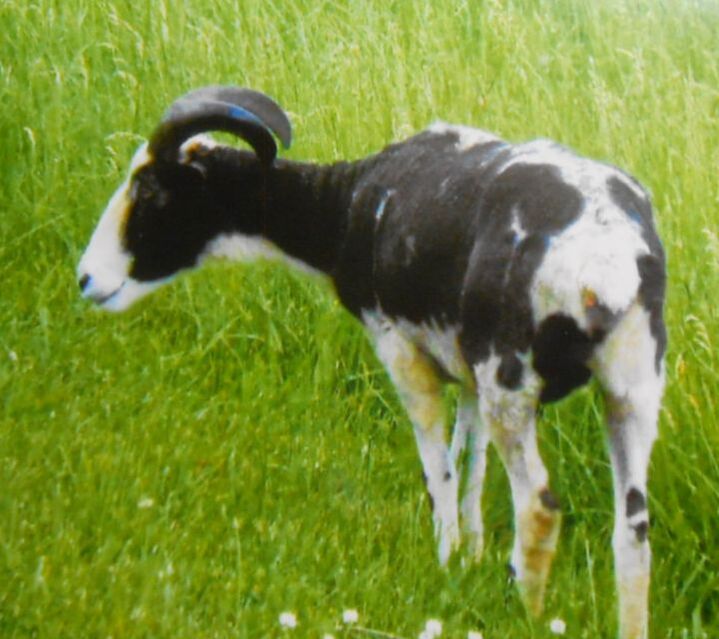
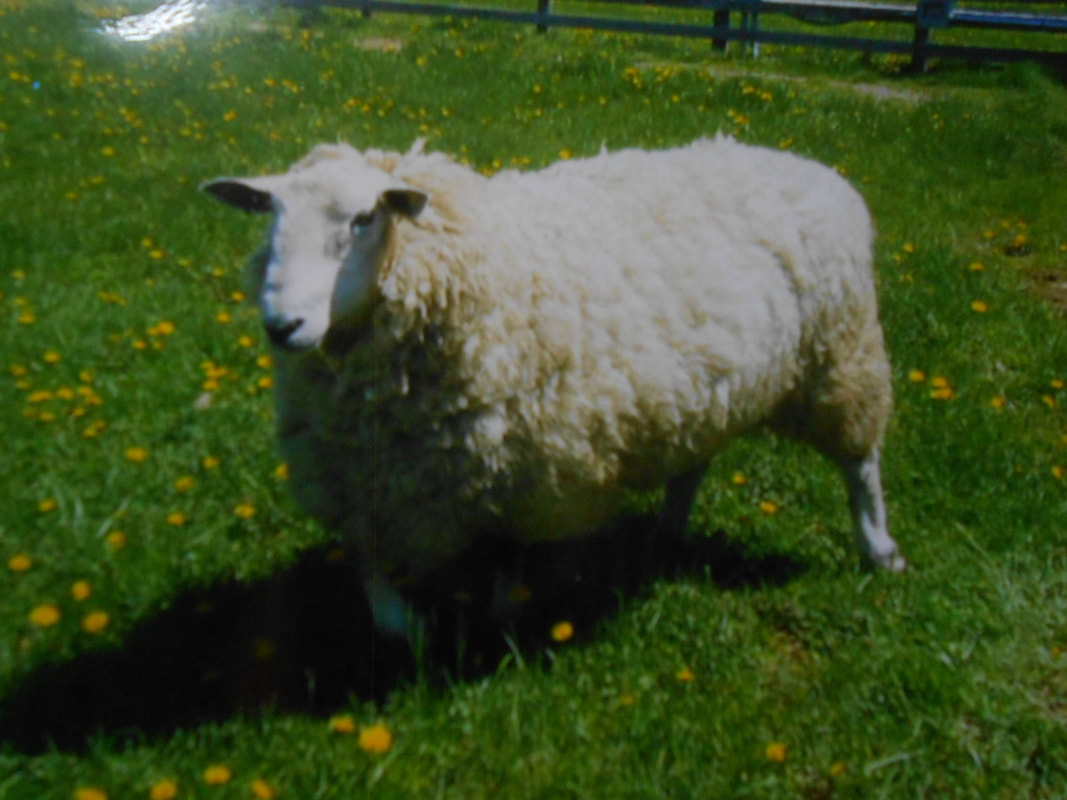
 RSS Feed
RSS Feed